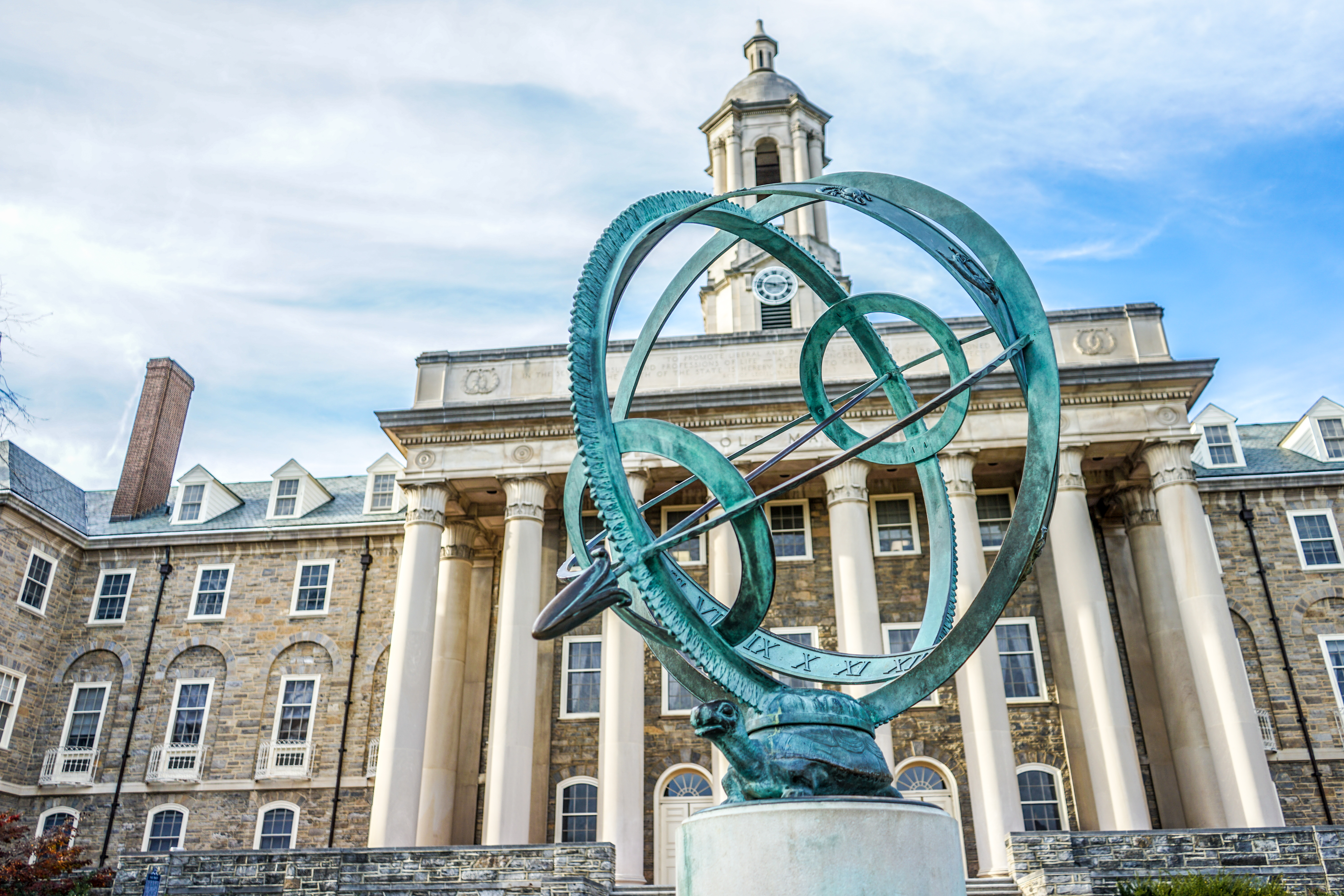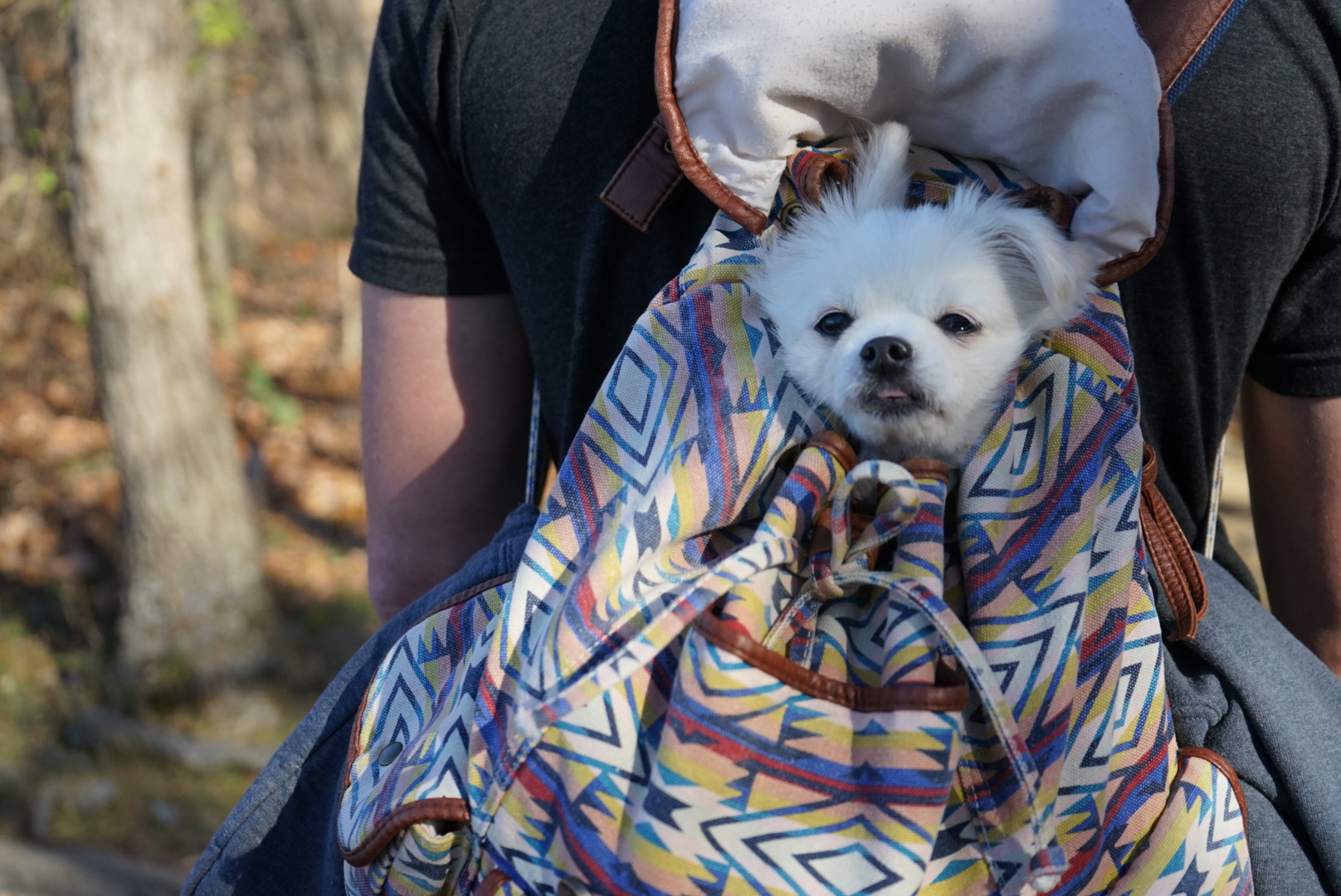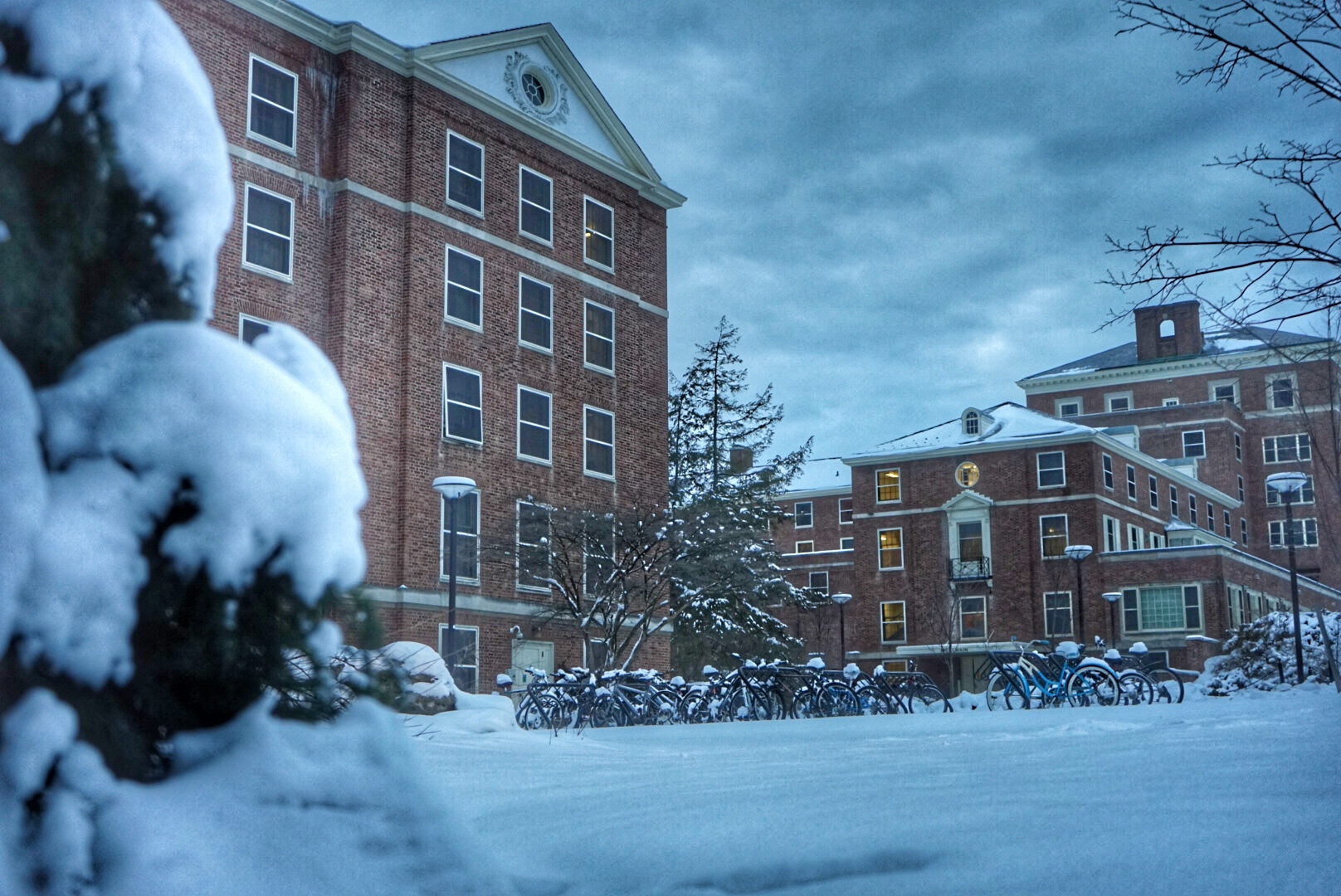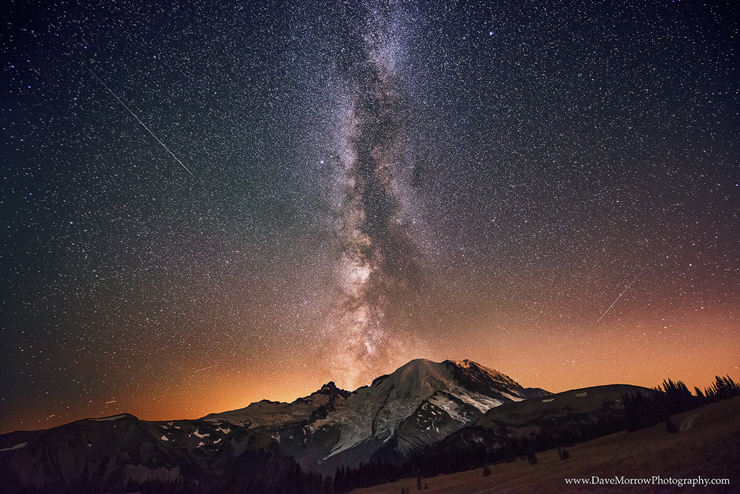Now that I have talked about most major forms of photography and the basic camera settings, I just wanted to show some of my favorite photos that I took in State College this year, and then my plans moving forward. While this will not be a year in review kind of blog post, it will encompass my time here as a freshman at Penn State. One interesting thing about looking at several pictures from the same artist over a period of time is that you should be able to notice a style they usually go with. I will point out what I think my artistic style and how I try to stay consistent to that when I am shooting/editing photos.
I really enjoy taking photos of landscapes and nature. That is my niche. These first two photos will be recognizable places, Old Main and the Hub. These two photos were taken only a few weeks apart and they were both beautiful days.
 The Old Main picture I really like because I never realized there was a turtle at the base of the statue in front, carrying the sphere on its back. I think it is really interesting how many times we can walk past something, and notice the smallest things, such as the turtle, months later.
The Old Main picture I really like because I never realized there was a turtle at the base of the statue in front, carrying the sphere on its back. I think it is really interesting how many times we can walk past something, and notice the smallest things, such as the turtle, months later.
To be completely honest, I am not entirely sure why I like this Hub photo so much, but I just remember thinking how interesting the reflecting glass was and how the leaves were starting to turn in the fall.
Speaking of leaves changing colors during autumn, this next photo is my all-time favorite fall picture I have ever taken. I was sitting under a tree, waiting on a friend of mine to pick me up to go hike Mount Nittany, when I looked up and saw this. I had to shoot into the light, which is why the top right corner is blown out, but looking back I think it looks more interesting this way with the white light drowning out the background in some spots.
Just as a little bonus picture, later that day when we were hiking, someone was carrying their dog in a back pack, and admittedly I still smile at it every time I stumble upon it again.
This next picture was taken right after a big snow storm. This is right behind Simmons Hall on campus and I think it ties into my style very well. I really like dramatic pictures that are a little punchy, where the detail is just breathtaking. I think this picture accomplishes just that.
Once the snow melted and spring arrived, I was just as happy as everyone else on this campus. I spent numerous nights the past few weeks, just being outside sitting on the hub/Old Main lawn and avoiding school work. This picture was taken when I was attempting to make a time-lapse of the sun set, that came out very nicely.
Moving forward into summer, I really want to become better at using Adobe’s Photoshop. Right now, I use Lightroom to edit most of my photos, but there are some incredible things Photoshop is able to do beyond adjusting picture settings. For example, this is a picture of the lion shrine I took early last semester that I Photoshopped to make it look as if it is coming out of the phone.
I think things such as this are interesting spins on what otherwise would have been just a normal picture. Besides that, my biggest goal is to improve my picture taking, and start to do more videos to round out my abilities.
Let me know which photo was your favorite!
**All photos are those of the author






















